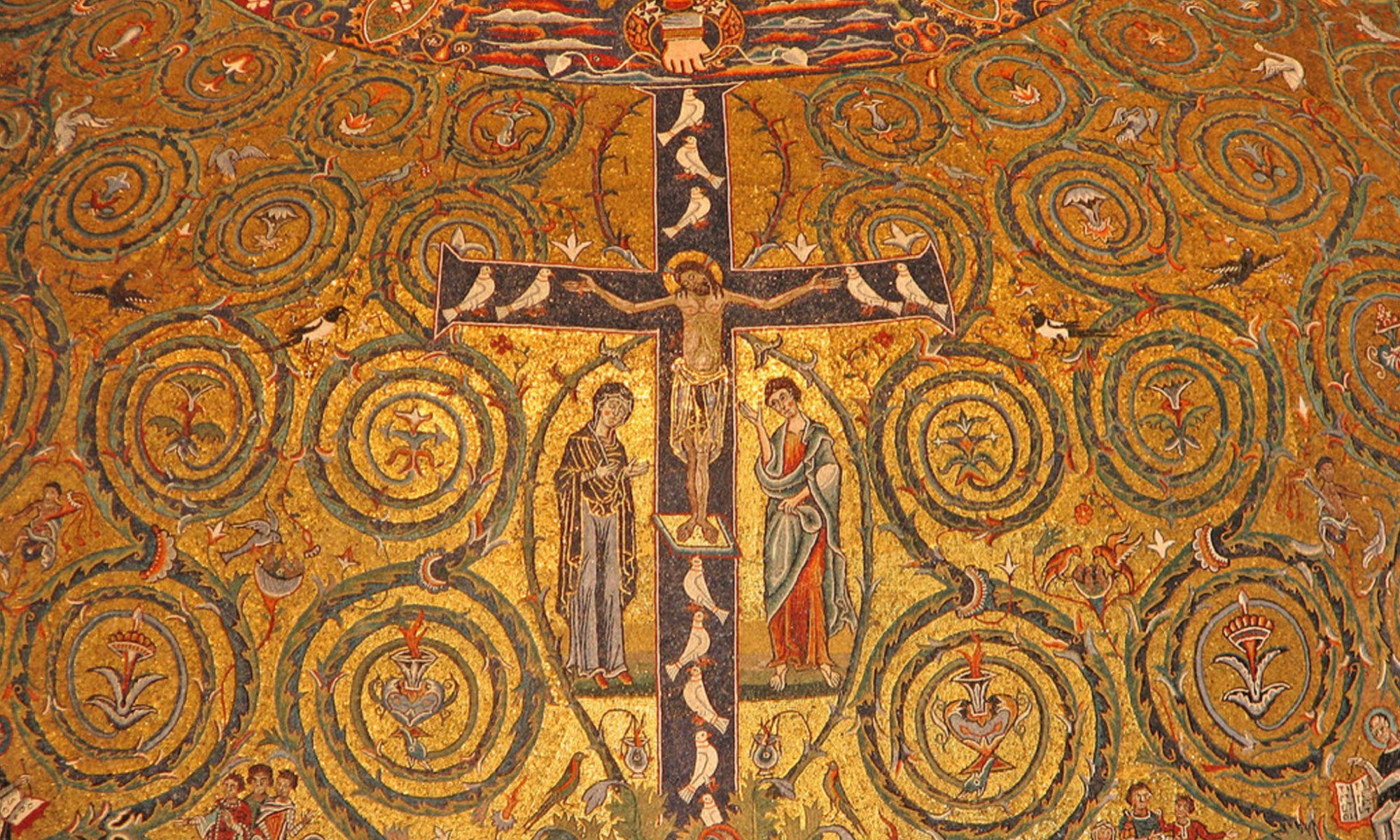Over the last two weeks, I have reflected on the need to unlearn what we have learned and to be disentangled from unholy agreements. Today I would like to reflect on the assistance we can find by turning to our blessed mother Mary as we seek full freedom in Christ.
Mary is sometimes referred to as the “Undoer of Knots” – a devotion popularized by Jorge Mario Bergoglio (better known as Pope Francis). In 1986, Bergoglio spent a few months in Germany. He never finished his doctoral thesis, but he found himself captivated by an image of Mary in the church of Saint Peter in Augsburg. The painting is the work of Johann Georg Schmidtner (completed around 1700). It depicts one angel feeding a knot-laden ribbon into Mary’s capable hands. Beneath her calm and persistent gaze, we see the other end of the ribbon passing back down, knot free, into the hands of another angel. Bergoglio took his newfound devotion back to Argentina. With his papacy, it has spread throughout the world.
Its popularity is not a surprise. The image speaks so readily and so deeply to the human heart. Children instinctively bring their tangles and knots to their mother, often in frustration and exasperation. Under her calming and soothing gaze, what had seemed overwhelming and impossible becomes livable and manageable. They find that she has eased their agitation and restored their hope.
This childlike need for soothing and calming does not go away when we enter adulthood. We get just as tired and just as agitated. We have our “meltdowns” and frustrations and tantrums. We are merely much better at hiding and pretending and denying our need for help. If anything, the tangles and knots we experience in adult life are far more complex and scary!
The idea of Mary as one who unties knots is actually an ancient one. Saint Irenaeus of Lyons, writing about A.D. 180, describes Mary as the New Eve who unties the knot wrought by our first mother: “And thus also it was that the knot of Eve’s disobedience was untied by the obedience of Mary. For what the virgin Eve had bound fast through unbelief, this did the virgin Mary set free through faith.” Just as Eve became the mother of all the living, so is Mary now the mother of all those who are alive in Christ as members of His Body.
Jesus knew our lifelong need for a spiritual mother, and so He gave Mary to each of us when He died on the Cross: “When Jesus saw His mother and the disciple there whom He loved, He said to His mother, ‘Woman, behold, your son.’ Then He said to the disciple, ‘Behold, your mother.’ And from that hour the disciple took her into his home” (John 19:26-27). If you read John’s Gospel carefully, you will note that the name “John” is never given. Rather, he uses “beloved disciple” or “the disciple whom he loved.” This allows each of us to put ourselves into that identity as a beloved disciple. When Jesus gives Mary as a mother, he is not creating a mother-son relationship between Mary and John only, meant to last merely a couple of decades. In that case, why bother to record the conversation? If ever there was a dying man whose last words are charged with meaning and intentionality, it is the eternal Son of God who died on the Cross for us! He wills us to receive and be received by Mary as our mother. We need her motherly care as we grow into our identity in Christ.
Although Schmidtner’s painting is beautiful, I chose instead to share this less-known icon written by Alfred Rebhan. It speaks powerfully to my heart. Living now by faith in Christ Jesus, we are one with him. The life we live now is not our own (Galatians 2:20); we literally become Christ. His Father is now Our Father. His mother Mary is now our mother. When we need a soothing and calming mother who can aid us, she is there, just like the Virgin in this icon, placing her gentle and encouraging hand on our shoulder as we (one with Christ) find the freedom to face our knots and untie them.
That has certainly been my story – especially during the last couple of years of my life, which have been truly transformational. Devotion to Mary has been at the center of that conversion. I sought her aid in my desire to untie one or two frustrating knots. Little did I realize that I would need to face a massive tangle of interconnected knots, long ago buried and forgotten in the basement of my heart: including lies, unholy agreements, unhealed wounds, and much more. Little by little, I have been learning to be open and receptive like the Christ Child – who emptied himself completely and let himself depend upon His heavenly Father and upon Mary His mother. Apart from Christ (and apart from his blessed mother) I am powerless to disentangle these knots. But one with Him, close to His blessed mother and close to other members of His Body, I am finding the freedom and peace I need to proceed and persevere.






